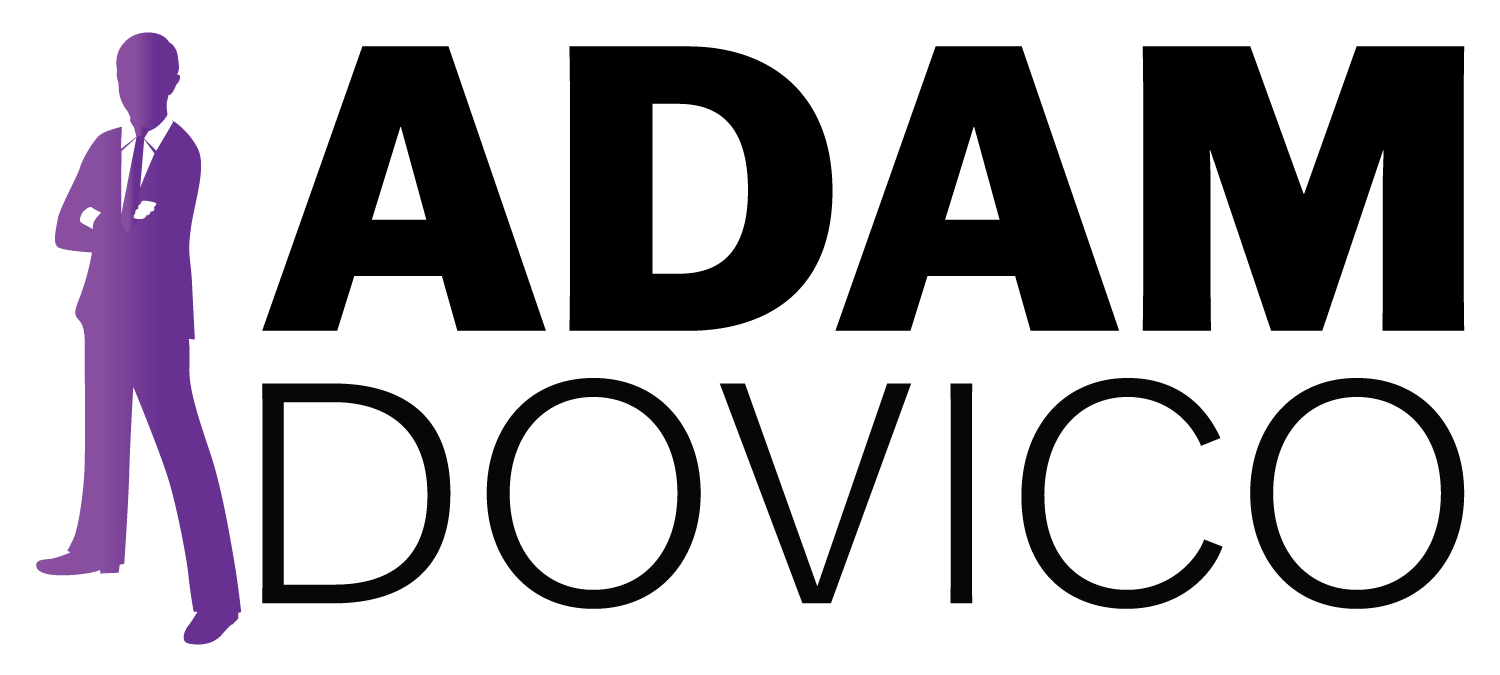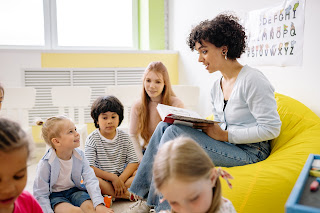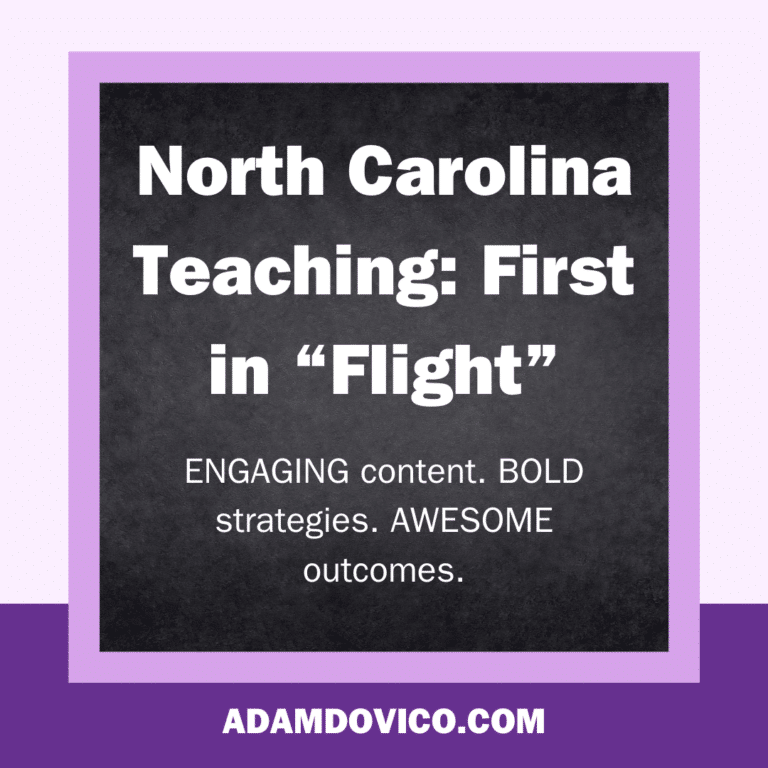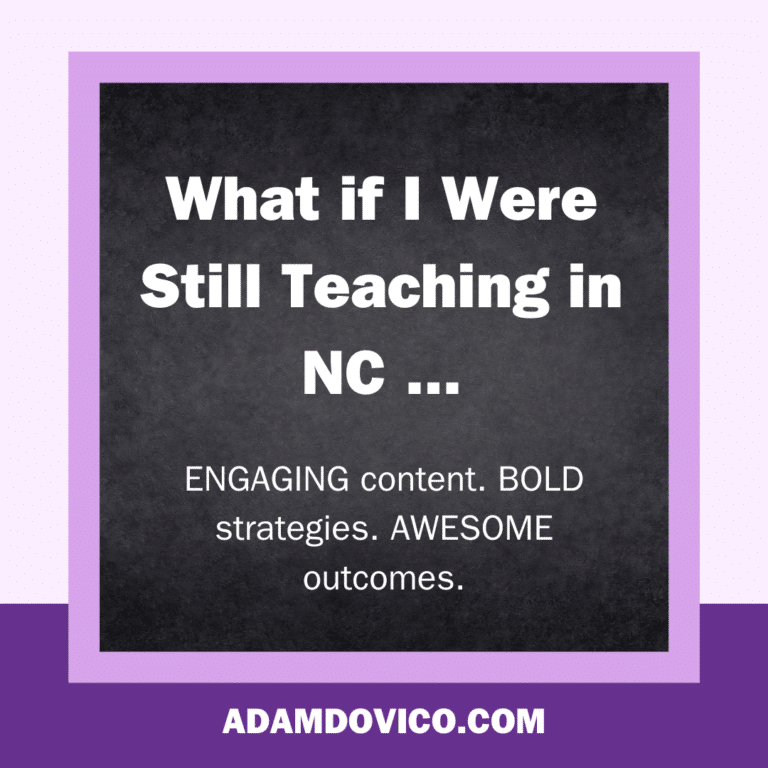The Idiots Guide to How Your Kids Are Learning to Read in School
Over the course of my first decade or so in education, I admittedly had little knowledge on what was happening with the little friends down the hall from me in the Kindergarten, 1st, and 2nd grade classrooms when it came to reading instruction. I later realized that those primary teachers are building the foundations for reading instruction that would later benefit me as an upper grades reading teacher.
For the past decade now, I have had the opportunity to learn, grow, and experience the foundational literacy instruction that once was so foreign to me. I am still learning new elements every day, as my state (North Carolina) has introduced a statewide training for all K-5 teachers on what is called Language Essentials for Teachers of Reading and Spelling. But what I want to share here is a simple guide for all my friends who are not educators, or not primary teachers, about what your child is learning (or not learning) in K-2 literacy. Hopefully this helps demystify things a bit, but also may help better support your children at home. I am going to approach this from a Q&A format, that way I can add more things later on as people read and discuss this.
What is literacy instruction?
A lot of things. In the K-2 realm, which is what we are focusing on, it can include skills like holding a book properly, reading left to right, identifying letter names and sounds (including phonics, or the smallest unit of sound in speech), breaking down words into their smallest units of meaning, spelling, rhyming words, consonant blends, vowel teams, vocabulary, listening to stories, identifying text features (e.g. title, author, illustrator. table of contents), writing (which includes things like pencil grips, letter formation, punctuation, forming sentences, writing left to right, etc.), just to name a few!
Does my kid have a reading program at their school?
There’s a good chance they do. The benefit of having a schoolwide or districtwide reading program is that it can provide consistency and spiraling in literacy instruction over the course of many years. The downside is that an ineffective program or a teacher who is ineffective at differentiating the program for their students may struggle with teaching it, ultimately stunting the reading growth of the child.
There are many, many reading programs that all claim to teach students how to read. The way it works is these companies make pitches to schools and school districts to convince them to adapt their program. They will present every bit of “research” that went into their program, which may or may not be based on actual research or science. Eventually, a program director, principal, or decision maker agrees to bring the program to the school. Typically the program will come with some combination of text books, teacher manuals, supplemental readers, and workbooks. This is probably what most parents see from their children and remember from their own childhood. The reality is that when new leadership comes in, oftentimes that means new textbook or program adoptions take place. This ultimately makes fidelity of a program hard to accomplish.
But wait, my child does a bunch of reading on the computer too!
Yes, ed-tech companies realized that there is money to be made in the digital world, so your child or your child’s teacher may have a subscription to online programs like Reading A-Z, Prodigy, EPIC, Starfall, ABCYa, ReadWorks, Newsela, just to name a few. Some of these programs have been gamified, making them attractive to students. Ultimately, there is likely a healthy mix of core reading instruction that can be done in the classroom, supplemented by these online literacy programs for students. These programs should not be used as the primary means of teaching students how to read or relied upon to serve as a core reading program.
So when I was young I remember the blue birds and red robin groups. Do those still exist?
It’s a complex answer. Do teachers still pull small groups of students to a table? Yes. Does it mean that there are low readers and the high readers separated into groups? It depends on how you look at it. Most primary teachers do differentiate reading groups based on the need of the students. The best teachers will use data to determine common needs among a small group of students and pull them to focus on that specific skill. These groups should be be fluid, and based on specific need, so a “high reader” may be struggling with a foundational skill, so they can be pulled in a group that day with other students who may or may not be high readers. Ultimately, the effectiveness of a small group will be on the ability of the teacher to reach the students on their areas of need using sound literacy instruction strategies.
I also saw something on Facebook about this argument between science of reading and whole language teaching. Is the beef real?
Not really. You know how people like to argue about anything these days. Essentially, there are different opinions (I know, shocking) about the best way to teach reading. As I mentioned above, my state has moved towards the science of reading since it is based in well, science. That’s not to say the others are wrong, but there have certainly been holes punched in other previously accepted methods of reading instruction. Instead of me trying to rehash what others have done, here’s a nice blog about the science of reading if you’re interested.
My 5-year old’s teacher said that they can read on a 5th grade level. Should they skip grades?
No. What the teacher may be implying is that your kid has the fluency skills to read the words of a fifth grade text. What they are unlikely to do in 99% of the cases I’ve seen of this is understand the context and content of the text. For example, if I asked you to read this passage below, I bet you could pretty easily read the words. But would you be able to engage in an interactive conversation about it with others? If the answer is no, then you have realized the difference between a 5 year old reading a 5th grade level passage and fully understanding it.
They took a score of three in the second when Dodds missed a chance to promote a guard stone, and did the same in the fourth to lead 6-3 at the halfway stage. A fluffed take-out shot set up Dodds to clinch three and level the match at 7-7 heading into the last end, but Switzerland took one to seal victory. Earlier, Canada had the final-stone advantage against GB, only for Dodds to punish a mistake and pinch the point that made sure of the win.
You get the point. And by the way, this is a curling article from the Winter Olympics.
I’m worried my kid is not reading well, but the teacher doesn’t seem worried. Should I be worried? I think I should be worried.
We live in a society obsessed with comparisons, and so if you are talking to your best friend and their kid is reading independently before kindergarten, you may think my kid must be behind. They’re not. Don’t worry. Every kid picks things up at different rates. Some kids pick up reading at an earlier age. Once your child starts school, you may start seeing reports sent home about their reading levels…
What do these reading reports actually mean?
In some schools, you will have teachers who do what is called progress monitoring, which is literally monitoring the progress of the student’s literacy skills. Sometimes this is done on paper and pencil, other times it is electronic or through a software that computes nationally normed percentages. At the end of the day, what you’re looking for from data point to data point is growth. For example, if your kindergartener recognized 7 letters in August, 9 in September, 14 in October, they’re making progress. Now the conversation you would want to have with the teacher is whether or not the rate of progress is sufficient enough so they do not fall behind later on. If you are concerned about the progress of your child, there are ways to help.
So what can I do at home to help support my child?
First and foremost, have books in the home. There are studies that show even the presence of books in the home increase literacy rates. If you need assistance getting books, ask your child’s teacher or school counselor, who is likely to have resources to help obtain books. Next, read to your child each day. Model good reading habits and engage in discourse around what you read. You can also support the more refined literacy instruction in the classroom by practicing letter names and sounds, Once your child becomes comfortable reading independently, have them read to you, or do a shared reading (taking turns). If there is a specific concern or skill that the teacher has shared with you that your child can work on, there are plenty of resources on the internet that can help supplement the need. It may be as simple as flashcards.
Is that it? That’s everything I need to know?
Absolutely not. There are a thousand variables that go into how and when a child learns to read. Far too much to be written in a single blog. Here’s my final advice:
Have open and honest lines of communication with your child’s teacher. Work with them to support your child’s reading progress and build a love for reading in your household. Accept that reading comes in many forms, including comics, graphic novels, and audio books. The foundations of reading are vital to the success of a skilled reader later on, so early exposure to books and literacy skills are a great way to set your child up for a lifetime of reading enjoyment.









